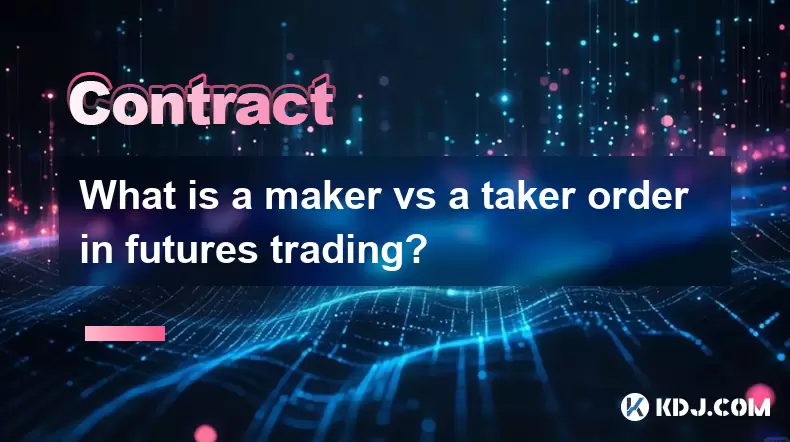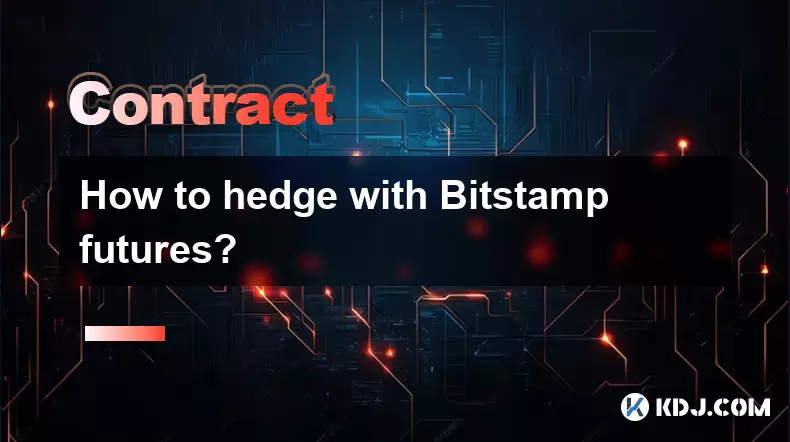-
 Bitcoin
Bitcoin $118900
1.66% -
 Ethereum
Ethereum $3735
1.35% -
 XRP
XRP $3.506
0.71% -
 Tether USDt
Tether USDt $1.000
-0.01% -
 BNB
BNB $799.4
5.78% -
 Solana
Solana $202.0
1.87% -
 USDC
USDC $0.9999
0.00% -
 Dogecoin
Dogecoin $0.2661
1.89% -
 Cardano
Cardano $0.8877
1.59% -
 TRON
TRON $0.3173
2.45% -
 Hyperliquid
Hyperliquid $45.00
2.59% -
 Stellar
Stellar $0.4723
3.40% -
 Sui
Sui $3.970
1.32% -
 Chainlink
Chainlink $19.67
1.94% -
 Hedera
Hedera $0.2710
1.99% -
 Avalanche
Avalanche $25.74
-0.01% -
 Bitcoin Cash
Bitcoin Cash $528.1
1.98% -
 Litecoin
Litecoin $120.1
3.57% -
 Shiba Inu
Shiba Inu $0.00001525
1.26% -
 UNUS SED LEO
UNUS SED LEO $8.989
-0.01% -
 Toncoin
Toncoin $3.304
1.74% -
 Polkadot
Polkadot $4.531
3.38% -
 Uniswap
Uniswap $10.74
2.51% -
 Ethena USDe
Ethena USDe $1.001
0.00% -
 Monero
Monero $325.5
2.44% -
 Pepe
Pepe $0.00001413
1.31% -
 Bitget Token
Bitget Token $4.860
0.85% -
 Dai
Dai $0.9999
0.01% -
 Aave
Aave $307.3
-2.07% -
 Bittensor
Bittensor $448.8
2.91%
What is a maker vs a taker order in futures trading?
In futures trading, maker orders add liquidity with lower fees, while taker orders remove liquidity at a higher cost.
Jul 14, 2025 at 12:42 am

Understanding the Basics of Futures Trading
In futures trading, participants engage in contracts to buy or sell assets at predetermined prices and dates. This form of trading is prevalent in the cryptocurrency market, where traders speculate on price movements without owning the underlying asset. Two primary types of orders dominate futures trading: maker and taker orders. Understanding the distinction between these two is crucial for any trader aiming to optimize their strategy and minimize costs.
What Defines a Maker Order?
A maker order refers to an order that adds liquidity to the market. When a trader places a limit order that does not immediately get filled, they are essentially "making" liquidity by waiting for another party to match their order. These orders sit on the order book until someone else decides to take them.
- Maker orders typically have lower fees compared to taker orders because exchanges incentivize users who contribute to market liquidity.
- Traders placing maker orders often use limit orders with specific price points.
- These orders can be canceled or modified before execution, allowing more control over trade entries.
Defining the Taker Order in Cryptocurrency Futures
Conversely, a taker order removes liquidity from the market. It occurs when a trader places an order that is executed immediately against existing orders on the order book. Most market orders fall into this category since they aim to be filled instantly at the best available price.
- Taker orders usually incur higher fees due to their immediate execution nature.
- These orders do not wait on the order book; instead, they "take" liquidity from existing orders.
- They are ideal for traders who prioritize speed of execution over cost efficiency.
Fee Structures: How Exchanges Treat Makers and Takers
Cryptocurrency exchanges structure their fee models around the concept of liquidity provision. Since maker orders enhance market depth, exchanges reward traders with lower fees for using them. On the other hand, taker orders, which consume liquidity, come with higher fees.
- Many exchanges display separate maker and taker fee tiers, often based on 30-day trading volume.
- Some platforms offer negative maker fees, meaning traders earn rebates for providing liquidity.
- The difference in fees can significantly impact a trader's profitability, especially for high-frequency strategies.
When to Use Maker vs Taker Orders in Futures Trading
Choosing between a maker and taker order depends on the trader’s strategy, urgency, and risk tolerance.
- If a trader wants to enter a position at a specific price and is willing to wait, placing a maker limit order makes sense.
- In fast-moving markets, where slippage could be significant, a taker market order ensures immediate execution.
- Arbitrageurs and market makers benefit most from maker orders, as they aim to profit from small price discrepancies while earning fee rebates.
- Day traders may prefer taker orders during volatile conditions to avoid missing entry points.
Impact on Order Book Depth and Market Stability
The balance between maker and taker activity directly affects order book depth and overall market stability.
- A healthy proportion of maker orders contributes to a deeper order book, reducing slippage for large trades.
- An excessive number of taker orders can deplete bid-ask spreads, leading to increased volatility.
- Institutional traders often place maker orders to avoid moving the market with large positions.
- Retail traders, due to smaller trade sizes, might not notice the impact of their taker orders on liquidity.
Frequently Asked Questions (FAQ)
Q1: Can I switch between maker and taker orders within the same trade?
No, each individual order must be either a maker or a taker at the time of placement. However, you can place multiple orders with different types simultaneously depending on your strategy.
Q2: Do all cryptocurrency exchanges distinguish between maker and taker fees?
Most major exchanges implement a maker-taker fee model, but some platforms use alternative structures like flat fees or volume-based discounts. Always check the fee schedule before trading.
Q3: Is it possible for a limit order to become a taker order?
Yes, if a limit order is placed at a price that matches or crosses the current bid/ask, it will execute immediately and be classified as a taker order.
Q4: How do maker and taker concepts apply to options or spot trading?
The principles remain consistent across spot, options, and futures markets. Any order that provides liquidity is considered a maker, while those that remove liquidity are takers regardless of the market type.
Disclaimer:info@kdj.com
The information provided is not trading advice. kdj.com does not assume any responsibility for any investments made based on the information provided in this article. Cryptocurrencies are highly volatile and it is highly recommended that you invest with caution after thorough research!
If you believe that the content used on this website infringes your copyright, please contact us immediately (info@kdj.com) and we will delete it promptly.
- Arca, PENDLE, and Kraken: Navigating DeFi's Institutional Currents
- 2025-07-23 11:10:11
- Bitcoin Betting, Small Investors, and the Specter of Dollar Collapse: A New Yorker's Take
- 2025-07-23 08:50:11
- Altcoins, Binance Futures, and Bitcoin Rotation: Catching the Crypto Wave
- 2025-07-23 09:10:11
- Dianne Smith, a Spanish Doubloon, and JM Mason: A Pike County Tale
- 2025-07-23 08:30:13
- Bitcoin, Investor, and Computer Blunders: A $95 Million Lesson
- 2025-07-23 09:30:12
- Bitcoin Bulls Eye $115,000, Poised for a $120,000+ Breakout?
- 2025-07-23 08:50:11
Related knowledge

Why is my Bitstamp futures position being liquidated?
Jul 23,2025 at 11:08am
Understanding Futures Liquidation on BitstampFutures trading on Bitstamp involves borrowing funds to open leveraged positions, which amplifies both po...

How to find your Bitstamp futures trade history?
Jul 23,2025 at 08:07am
Understanding Bitstamp and Futures Trading AvailabilityAs of the current state of Bitstamp’s service offerings, it is critical to clarify that Bitstam...

How to trade ETH perpetuals on Bitstamp?
Jul 23,2025 at 03:28am
Understanding ETH Perpetual ContractsETH perpetual contracts are derivative products that allow traders to speculate on the price of Ethereum without ...

How to hedge with Bitstamp futures?
Jul 23,2025 at 02:00am
Understanding Bitstamp Futures ContractsBitstamp futures are financial derivatives that allow traders to speculate on or hedge against the future pric...

What happens during a Bitstamp margin call?
Jul 23,2025 at 07:42am
Understanding Bitstamp Margin CallsA Bitstamp margin call occurs when the value of a trader’s equity in a margin position falls below the required mai...

What is maintenance margin on Bitstamp?
Jul 23,2025 at 10:08am
Understanding Maintenance Margin on BitstampMaintenance margin on Bitstamp refers to the minimum amount of equity that must be maintained in your marg...

Why is my Bitstamp futures position being liquidated?
Jul 23,2025 at 11:08am
Understanding Futures Liquidation on BitstampFutures trading on Bitstamp involves borrowing funds to open leveraged positions, which amplifies both po...

How to find your Bitstamp futures trade history?
Jul 23,2025 at 08:07am
Understanding Bitstamp and Futures Trading AvailabilityAs of the current state of Bitstamp’s service offerings, it is critical to clarify that Bitstam...

How to trade ETH perpetuals on Bitstamp?
Jul 23,2025 at 03:28am
Understanding ETH Perpetual ContractsETH perpetual contracts are derivative products that allow traders to speculate on the price of Ethereum without ...

How to hedge with Bitstamp futures?
Jul 23,2025 at 02:00am
Understanding Bitstamp Futures ContractsBitstamp futures are financial derivatives that allow traders to speculate on or hedge against the future pric...

What happens during a Bitstamp margin call?
Jul 23,2025 at 07:42am
Understanding Bitstamp Margin CallsA Bitstamp margin call occurs when the value of a trader’s equity in a margin position falls below the required mai...

What is maintenance margin on Bitstamp?
Jul 23,2025 at 10:08am
Understanding Maintenance Margin on BitstampMaintenance margin on Bitstamp refers to the minimum amount of equity that must be maintained in your marg...
See all articles

























































































